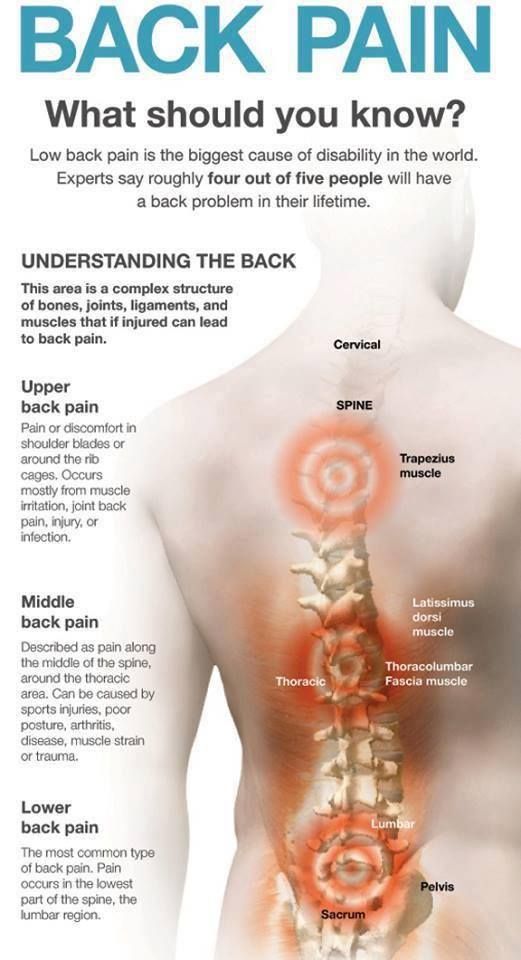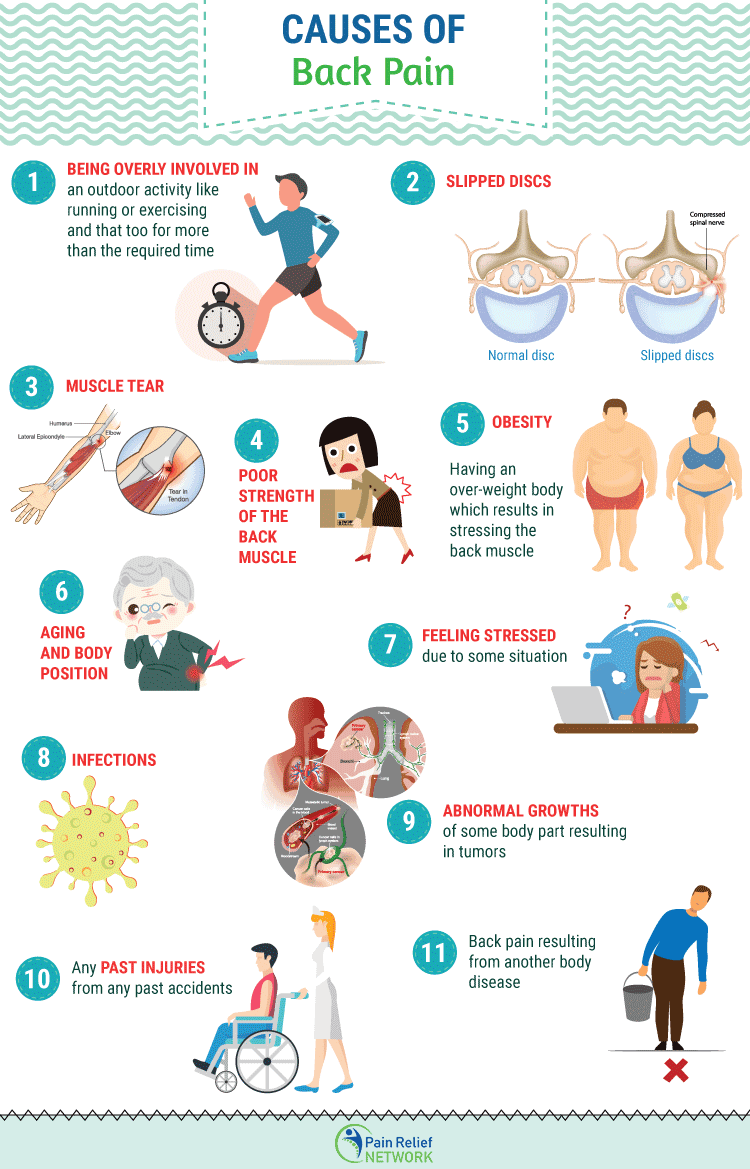
Though lower and upper back pain are far more common, thousands of Americans deal with pain somewhere else in their mid back every year. The mid back is comprised of the upper portion of the back from the neck to your waist, including the trapezium muscles, the lateral head of the humerus, and below the upper rib cage. When these muscles are strained, they become inflamed, which can cause a variety of pain problems for those who have them.
While most of us experience upper back or neck pain from time to time, people who have back and back pain problems can deal with this problem for years, if not decades. While this type of back pain is fairly common, only about 15% of Americans have actually had it treated by a doctor at some point in their lives. It is one of the most overlooked types of back pain because it is often misdiagnosed.
Mid-back pain can range from mild to severe. There are two main types of back pain: lower and upper. Low back pain usually affects the spine and lumbar region, while upper back pain occurs in the thoracic region and can affect other areas of the body as well. Both types of pain can have a similar nature and cause, but the difference between them is that one can have a cause in another part of the body, and the other is directly related to the cause of the pain.
Low back pain usually occurs in the lumbar region or lumbar spine. This area of the body consists of the sacrum, which is the main bone of the back, and the ribs and hip bones that make up the rest of the spine. Lumbar pain can occur for many reasons. In some cases, a person may be overweight, in others due to an injury or a problem with the spine. Other causes may include arthritis, which can cause irritation of the spinal cord and nerves underneath, or even bone swelling.

On the other hand, upper back pain can be caused by more serious problems, such as a herniated disc or a herniated disc, which can create pressure around the nerves. in area. Other causes can also be abdominal muscle cramps, osteoporosis, or other conditions that can cause severe muscle tension. Sometimes, when a person has a herniated disc, they may feel pain or numbness up to the elbow, even if the disc itself is not there.
Pain in the mid-back can also be a sign of another condition, such as herniated discs or a pinched nerve. If you've had a herniated disc before, it's important to visit a doctor for proper diagnosis and treatment as soon as possible. This is one of the most common causes of pain, as it can cause excruciating pain that you don't know how to treat.
It's very important to keep in mind that the pain you experience should get better without any pain relievers. In most cases, the pain won't go away on its own – in fact, the pain will probably get worse if you try to treat it at all. However, you should always try to treat your back properly, since the back is an extremely large muscle.
To relieve pain from the middle or lower back, you need to first consult a doctor to make sure you're not suffering from a herniated disc. The pain that comes from herniated discs and a pinched nerve can cause tremendous pain and it may not go away in time. Even though the pain is intense, it will eventually subside on its own, and in some cases, it can disappear completely.
Leave a Reply